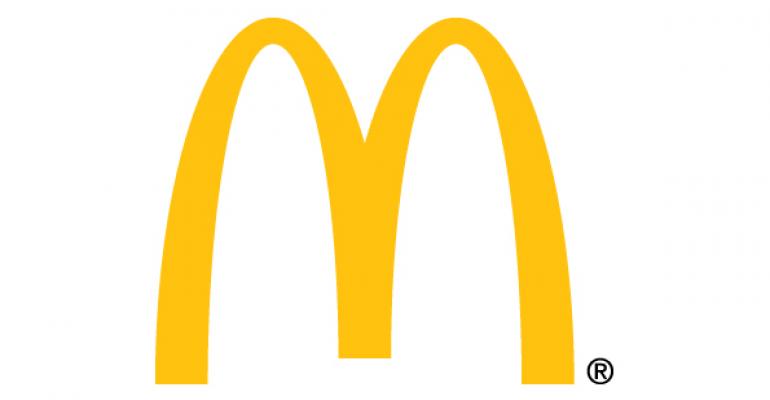McDonald’s Corp. has not historically been known for high-quality fare. But the quick-service operator and its new CEO, Steve Easterbrook, seem intent on changing that perception.
The Oak Brook, Ill.-based company has yet to fully reveal its menu plans. But various efforts seem aimed at fulfilling Easterbrook’s goal of turning McDonald’s into a “progressive burger company.”
The most important effort could be an increase in the size of its Quarter Pounders, to 4.25 ounces. According to CNBC, the chain is also updating its searing techniques to improve the taste, texture and appearance of burgers.
That’s a potentially significant change for McDonald’s. Restaurants like Domino’s and Wendy’s have updated their primary products in the past to build sales momentum. Still, some efforts, like Pizza Hut’s recent brand overhaul, miss the mark.
But updating its menu is not McDonald’s only move. Last year, the company restructured its domestic operations to give four regional divisions more say in menu news. The results of those moves have become increasingly evident of late.
While the effort intended to make McDonald’s more competitive with local markets that offer unique fare, it has also boosted the chain’s quality proposition.
McDonald’s has started serving lobster rolls in New England, taking advantage of low prices for the crustacean to offer an item that many customers wouldn’t necessarily expect at the Golden Arches.
An Indiana McDonald’s restaurant is testing pulled pork. In Maryland and Virginia, customers can order a Filet-O-Fish sandwich seasoned with Old Bay. Kentucky customers can get burgers with bourbon-flavored sauce.
In addition to local fare, McDonald’s has removed antibiotics from its chicken and has become more transparent about how its food is made. It is also working to develop menu items that include kale.
The chain continues to consider strategies that would let guests customize burgers and chicken sandwiches.
So far, these changes have not lifted McDonald’s revenue or sales, which remain weak. In May, domestic same-store sales fell 2.6 percent.
McDonald’s gap with its competitors has widened this year, as chains like Burger King, Jack in the Box and Sonic find ways to eat into McDonald’s substantial market share.
But McDonald’s isn’t abandoning value offers, either. It is currently serving a Double Cheeseburger and small fries priced at $2.50. Easterbrook has even suggested that a lack of compelling value options has hurt the chain’s sales.
“Some of the challenges we’ve had in the U.S. have been somewhat self-inflicted,” Easterbrook said at an investor presentation in May. “We moved away from the Dollar Menu and didn’t replace it with significant enough value in the eyes of consumers.”
But the shift toward quality has also come as the chain’s customer satisfaction ratings plunge, and as more consumers opt for fast-casual chains.
McDonald’s strategy carries some risks — it has struggled in the past to sell premium products — but quick-service chains have done well by targeting both ends of the market, with a combination of innovative, high-end products and less costly value offerings. McDonald’s efforts appear aimed at that strategy.
Contact Jonathan Maze at [email protected].
Follow him on Twitter: @jonathanmaze




